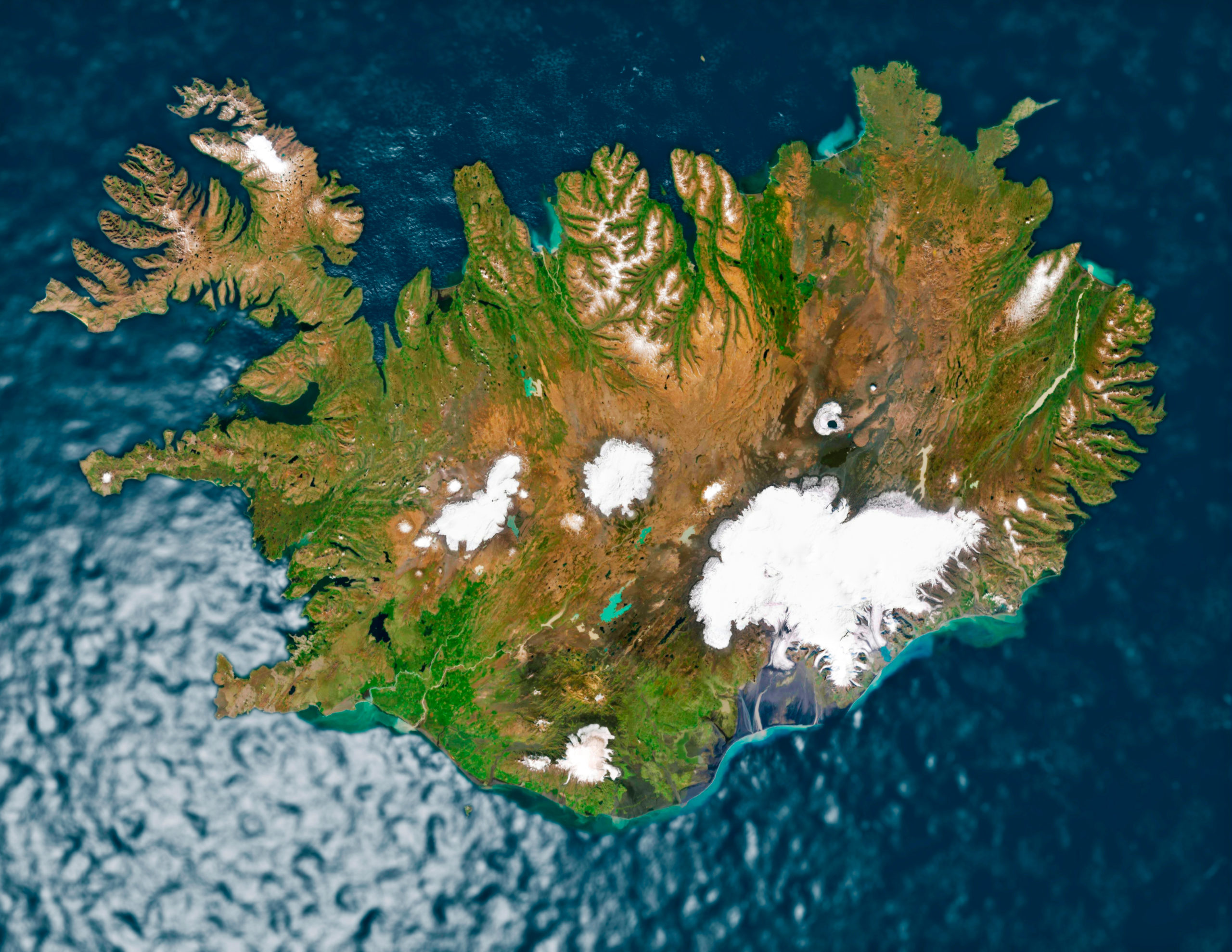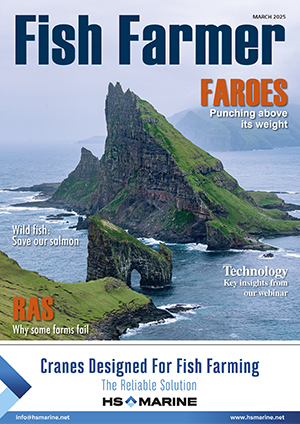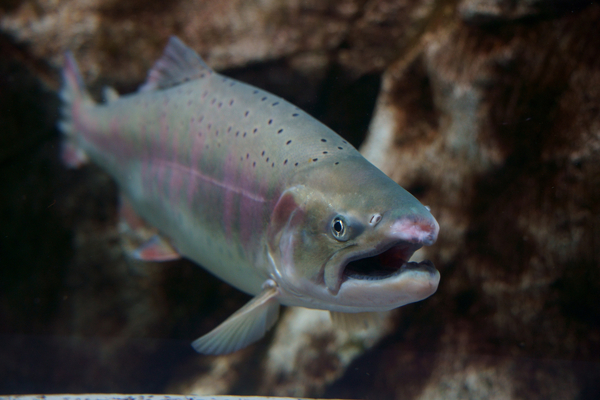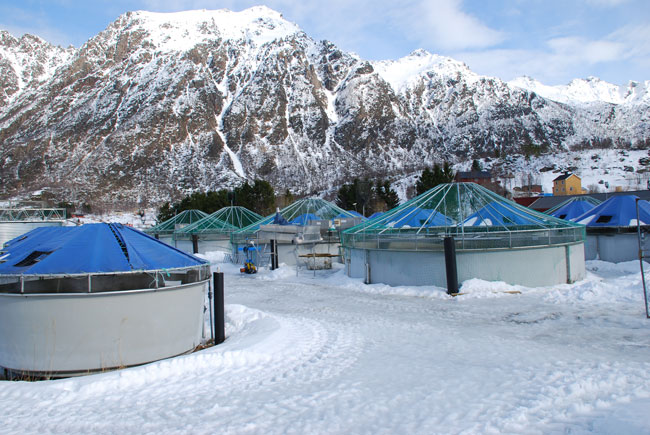Major salmon farm planned close to Iceland’s capital

Icelandic aquaculture business Aurora fiskeldi ehf is looking to build a large land-based salmon farm just north of the capital, Reykjavik.
Aurora, a relatively new company, eventually hopes to produce 14,000 tonnes of fish per year at Katanesi in Grundartanga.
While the proposed development is still at the review stage, it is yet another sizeable step in Iceland’s determination to become a major aquaculture nation.
The planning application lodged with the Hvalfjörður local authority in the area says the size of the plot is 152,573 square metres and the arrangement of fish farming within the plot is defined in the attached data.
Sea water will be pumped directly into the station from Hvalfjörður, but the estimated water demand is around 13.5 cubic metres per second and it is assumed that around 75% of seawater will be reused.
The estimated fresh water requirement is around 3.6 l/s (litres per second) , but 99% reuse of the fresh water part of the production is assumed.
The proposed development is yet another sizeable step in Iceland’s determination to become a major aquaculture nation.
The interesting thing is that the majority of new applications are for land farms rather than in the fjords.
A large number of Icelanders have said they are against any further fjord development.
Hvalfjörður Council environment committee points out, however, that while it has reviewed an assessment notice that describes the main environmental aspects of the project it wished to stress that the municipality's water supply is used almost exclusively for other uses, and it remains unclear whether an increase of 3.6 l/s will limit other uses.
The committee also pointed out that there should be close consultation with the utility company regarding the delivery of fresh water.
And it was also necessary to ensure that the transport of slaughter fish is safe in terms of preventing accidental releases during transhipment or umping of slaughter fish from tanks to ships.
The council report says 1.2 million salmon spawning groups will be taken in three times a year, or a total of 3.6 million with about 4 million salmon eggs to be purchased per year.
The facility expects to slaughter about 1,160 tons every month or about 14,000 tons a year. It has not yet been finally decided where the fish will be slaughtered, but there is no provision for a slaughterhouse at the location , so it is likely that fish will be transported by wellboat to be slaughtered in a nearby municipality.
Maintenance Engineer (Electrical) - Mowi Scotland
Skye & Lochalsh£36,635 to £43,702 per annum
Apprentice Farm Technicians (South Uist) - Mowi Scotland
Isle of BenbeculaFrom £27,236 per annum
Freshwater Site Manager - Bakkafrost Scotland Limited
Tornapress£61,402.06 per annum
Hygiene Operative - Night - Bakkafrost Scotland Limited
Cairndow£22,313.50 to £23,429.18 per annum
Skipper (Beinn Mowi) - Mowi Scotland
Argyll & ButeFrom £34,861 per annum




